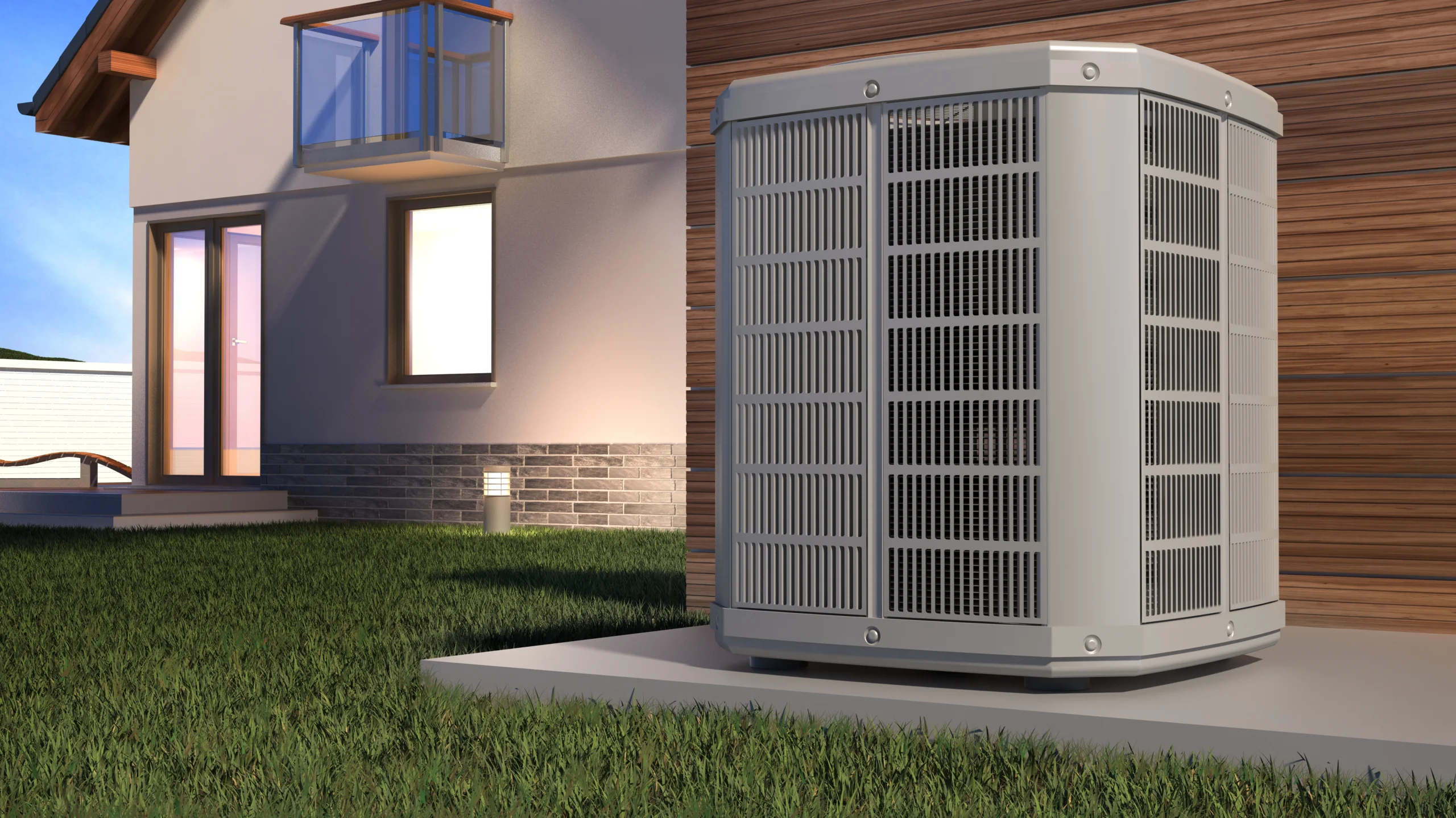
When it’s time to replace your HVAC system, one of the most important decisions you’ll make is choosing the right type of system for your home. While most homeowners focus on the brand, SEER rating, or warranty, the operating stage of the HVAC system plays a major role in performance, comfort, and long-term energy efficiency.
If you’ve heard terms like single-stage, two-stage, multi-stage, and variable speed, but aren’t quite sure what they mean—or which is best for your home in Spring, Texas—you’re not alone. At Majestic AC, we believe informed homeowners make the best choices, and we’re here to help you understand the differences so you can invest in a system that fits your lifestyle and budget.
Let’s break it down.
What Are HVAC “Stages,” Anyway?
The term “stage” in HVAC refers to how the system operates in response to your home’s temperature needs. Simply put, it’s how your air conditioner or furnace ramps up or down to deliver comfort. The more stages a system has, the more flexibility it has to run at partial capacity instead of full blast.
Think of it like driving a car. A single-stage system is like an old-school on/off switch. It’s either pedal-to-the-metal or completely stopped. A variable speed system, on the other hand, is like cruise control—it adjusts smoothly and constantly to match your comfort needs.
Now let’s explore each option.
Single-Stage HVAC Systems: The One-Speed Workhorse
What It Is
A single-stage HVAC system has just one mode: full power. When it kicks on, it operates at 100% capacity until the thermostat setting is reached, and then it shuts off completely.
This is the most common system in older homes and basic builder-grade models. It’s also the most affordable to install up front.
Pros
- Lower upfront cost
- Simple operation and easy maintenance
- Widely available and familiar to most technicians
Cons
- Less energy efficient
- Can cause uneven temperature distribution
- Prone to short cycling (turning on and off frequently)
- No humidity control
Best For:
Homeowners on a tight budget, or small homes with minimal cooling/heating load. Also suitable for rental properties where upfront cost matters more than long-term efficiency.
Two-Stage HVAC Systems: A Step Up in Control
What It Is
A two-stage HVAC system operates at two levels: low and high. It typically runs at about 65–70% capacity on low, then shifts to full power if additional cooling or heating is needed.
This extra stage allows the system to run more consistently, making your home more comfortable while using less energy than a single-stage unit.
Pros
- Improved energy efficiency
- More consistent temperatures
- Quieter operation during low stage
- Some humidity control
Cons
- Higher upfront cost than single-stage
- Less precise than variable speed systems
- Requires more advanced thermostats
Best For:
Mid-sized homes in Spring, TX that experience long cooling seasons. Ideal for families that want a balance between comfort and cost without going full variable-speed.
Multi-Stage HVAC Systems: A Marketing Term Explained
What It Is
You might see multi-stage listed in HVAC brochures and wonder how it’s different from two-stage. Here’s the secret: two-stage and multi-stage often refer to the same thing—a system with more than one operating level.
However, some advanced systems may technically qualify as multi-stage if they have three or more specific stages, though this is rare and typically falls under the “variable speed” umbrella instead.
Bottom Line:
If you see a system advertised as multi-stage, ask for specifics. In most cases, it’s a two-stage unit, or a variable-speed system being labeled with general language.
Variable Speed HVAC Systems: The Gold Standard in Comfort
What It Is
A variable speed system doesn’t work in just one or two stages—it operates at virtually any speed between 30% and 100% capacity. It continuously adjusts based on your home’s temperature and humidity needs, often in tiny 1% increments.
Rather than cycling on and off, a variable speed system runs almost constantly at lower speeds, keeping your indoor temperature stable and your energy use optimized.
Pros
- Maximum energy efficiency
- Superior indoor comfort and humidity control
- Very quiet operation
- Ideal for zoning and smart home integration
- Fewer hot and cold spots
Cons
- Highest upfront cost
- May require ductwork inspection or upgrades
- Complex components = more costly repairs if needed
Best For:
Homeowners who prioritize comfort, energy savings, and smart home compatibility. Perfect for families spending a lot of time at home, or those with allergies, pets, or air quality concerns.
Efficiency Comparison: Energy Use and Savings Over Time
Here’s how the systems stack up when it comes to energy efficiency:
| System Type | Runtime Behavior | Efficiency | Comfort Level | Approx. Energy Savings vs. Single-Stage |
|---|---|---|---|---|
| Single-Stage | Always at 100% | Low | Basic | — |
| Two-Stage | Low and High (65%–100%) | Moderate | Good | ~15–20% |
| Variable Speed | 30%–100% in small increments | High | Excellent | ~25–40% |
Humidity Matters—Especially in Spring, Texas
Here in Southeast Texas, we don’t just battle heat—we battle humidity. That’s where multi-stage and variable speed systems shine.
Single-stage systems tend to short cycle, meaning they cool quickly and shut off—without running long enough to remove moisture. The result? Clammy air that feels warmer than it is.
Two-stage systems, and especially variable speed systems, run longer at lower speeds. This extended run time gives them the ability to pull more moisture out of the air, creating a more comfortable and healthier indoor environment.
Noise Levels: Quieter Comfort Starts with More Speeds
Variable speed systems don’t just save energy—they’re also much quieter. By running at lower speeds most of the time, they avoid the loud “kick on” sound and airflow rush that single-stage systems produce.
Two-stage systems also offer quieter operation when running in the low stage. If peace and quiet are important to your family—especially during nighttime or nap time—a variable or two-stage system makes a noticeable difference.
Smart Thermostats and Modern Controls
Another advantage of advanced systems is compatibility with smart thermostats and zoning systems. Variable speed HVACs respond much more precisely to small changes in indoor temperature and can be integrated with multi-zone controls that heat and cool only the areas you’re using.
Single-stage systems simply aren’t responsive enough to benefit from zoning, and they don’t offer the level of control that modern smart homes demand.
Repair Costs and System Longevity
It’s true that variable speed systems are more complex, and replacement parts can be more expensive than for single-stage systems. However, because they run at lower speeds and experience less stress over time, they often last longer and require fewer emergency repairs.
Two-stage systems strike a balance—they’re more reliable than single-stage units but less complicated (and less costly to fix) than variable systems.
Upfront Costs vs. Long-Term Savings
Here’s a rough idea of what you can expect when comparing system costs:
- Single-Stage: Lowest cost upfront; highest over time due to inefficiency
- Two-Stage: Moderate installation cost; better long-term savings and comfort
- Variable Speed: Highest upfront investment; significant energy savings and best comfort
While a single-stage system might save you money today, a variable speed system could pay for itself in 5–7 years through lower energy bills—especially in a climate like ours, where the AC runs nearly year-round.
Which System Is Right for Your Home?
There’s no one-size-fits-all answer. The best system for your home depends on your:
- Budget – Are you investing long-term or looking for the lowest initial cost?
- Comfort needs – Do you want ultra-consistent temperature and humidity control?
- Home size/layout – Larger homes benefit more from multi-stage or variable speed systems.
- Usage patterns – Do you work from home or spend a lot of time indoors?
- Future plans – Will you stay in the home long enough to reap efficiency savings?
At Majestic AC, we’ll assess your home, your comfort goals, and your energy priorities to help you choose the system that makes sense for your lifestyle and your budget.
Comfort Comes in Stages—Choose Wisely
Understanding the differences between single-stage, two-stage, multi-stage, and variable speed HVAC systems empowers you to make a smarter investment in your home comfort. In a hot, humid climate like Spring, Texas, the right HVAC system doesn’t just keep you cool—it helps you save money, breathe easier, and enjoy your home more.
Whether you’re building new, upgrading an old system, or just exploring your options, Majestic AC is here to help with expert guidance, honest advice, and quality installation you can trust.
